Technological Innovations
Technological advancements in manufacturing processes are transforming the Nonwoven Decking Market. Innovations such as advanced bonding techniques and the use of automated machinery are enhancing product quality and production efficiency. These developments not only reduce production costs but also enable the creation of high-performance nonwoven decking materials that meet diverse consumer needs. The integration of smart technologies, such as IoT in manufacturing, is also gaining traction, potentially leading to more efficient supply chains and improved product tracking. As these technologies evolve, they may significantly influence market dynamics, driving growth and expanding the range of applications for nonwoven decking.
Sustainability Initiatives
The increasing emphasis on sustainability appears to be a pivotal driver for the Nonwoven Decking Market. As consumers and manufacturers alike prioritize eco-friendly materials, the demand for nonwoven decking products made from recycled and biodegradable materials is likely to rise. This shift is supported by various governmental policies promoting sustainable practices, which may further enhance market growth. In 2025, the market for sustainable nonwoven products is projected to reach approximately USD 2 billion, indicating a robust interest in environmentally responsible options. Companies that align their offerings with sustainability goals may find themselves at a competitive advantage, as consumers increasingly seek products that minimize environmental impact.
Rising Construction Activities
The resurgence of construction activities across various sectors is likely to bolster the Nonwoven Decking Market. With urbanization and infrastructure development on the rise, the demand for durable and cost-effective decking solutions is expected to increase. In 2025, the construction sector is anticipated to grow by approximately 5%, which could translate into heightened demand for nonwoven decking products. These materials are favored for their lightweight properties and ease of installation, making them suitable for a variety of applications, including residential and commercial projects. As construction trends evolve, the nonwoven decking market may experience substantial growth.
Customization and Aesthetic Appeal
The trend towards customization in the Nonwoven Decking Market is becoming increasingly pronounced. Consumers are seeking products that not only meet functional requirements but also align with their aesthetic preferences. This demand for personalized solutions is prompting manufacturers to offer a wider range of colors, textures, and designs in nonwoven decking materials. As a result, companies that can provide tailored options may capture a larger share of the market. In 2025, it is estimated that customized nonwoven products could account for nearly 30% of total sales, reflecting a shift towards more individualized consumer experiences.
Increased Awareness of Health and Safety
The growing awareness of health and safety standards is influencing the Nonwoven Decking Market. As consumers become more informed about the materials used in their environments, there is a rising demand for nonwoven decking products that are free from harmful chemicals and allergens. This trend is particularly relevant in residential and commercial applications where safety is paramount. Manufacturers are responding by developing nonwoven materials that comply with stringent health regulations, which may enhance their market appeal. In 2025, the market for health-conscious nonwoven decking solutions is projected to expand, driven by consumer preferences for safer, healthier living spaces.


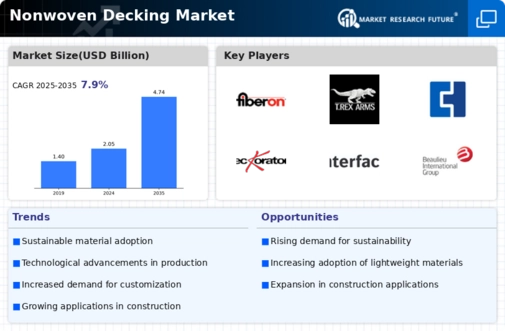
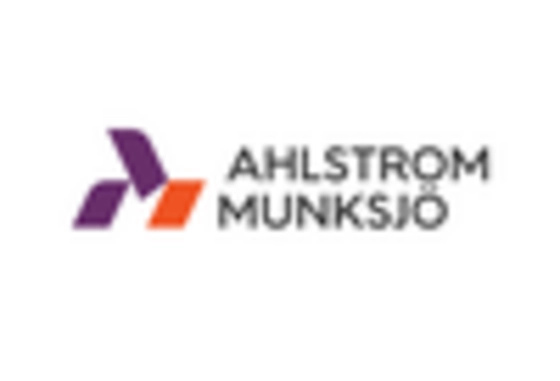

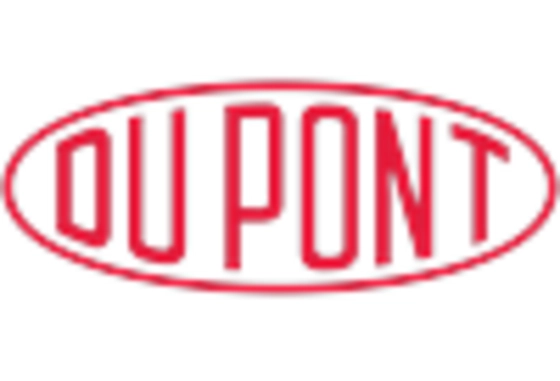
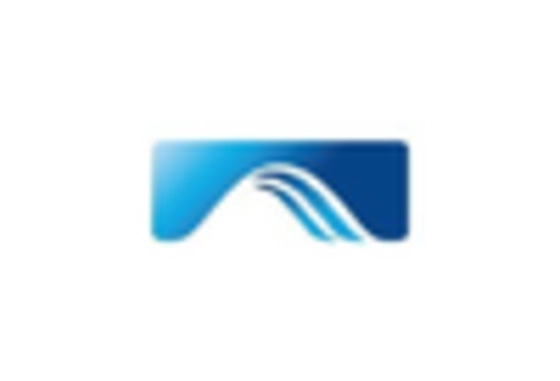
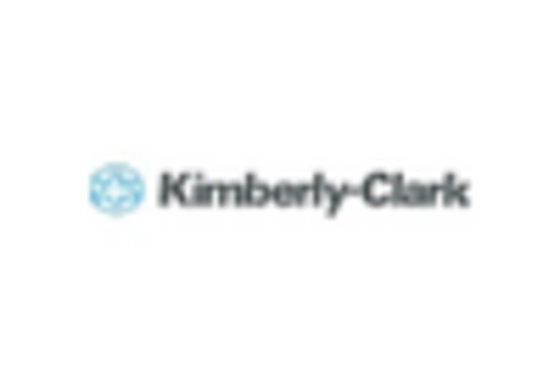
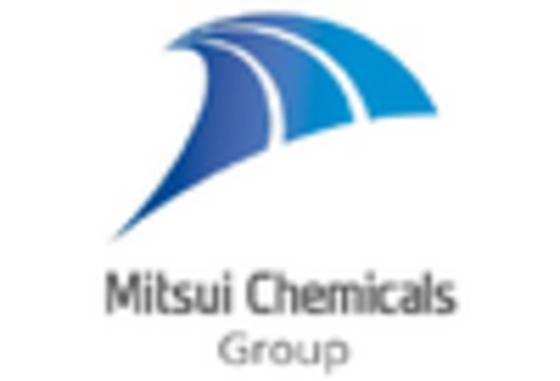








Leave a Comment